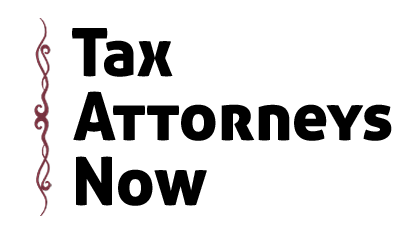Chapter 13 Bankruptcy Lawyer
A consumer who has been behind on paying back debts for months or perhaps years, may feel as though they cannot dig themselves out of a financial rut once and for all. Many consumers may consider how filing for bankruptcy can help them get back to a more secure financial footing. It isn’t uncommon for people to think bankruptcy means you can get to completely start over with a fresh slate, and that you no longer have to pay off your debts.
However, in most cases consumers who apply for bankruptcy will have to pay at least a portion of their debts off over the course of a few years or have their assets sold to alleviate debts. The decision to file for bankruptcy should not be taken lightly, and many consumers may want to talk with a legal professional to ensure they are making the right chapter choice.
What is Bankruptcy?
Bankruptcy by definition is when a consumer cannot pay off his or her debts, and must find a resource for overcoming the financial hardship. Bankruptcy isn’t necessarily for people who are late every once in a while for a credit card bill or another minor debt. Bankruptcy is often more for people who have struggled for a long period of time and continue to drown in the amount of debt accumulated. There are several types of bankruptcy chapters a person can apply for, but there is no guarantee of approval.
What Are the Main Chapters?
Bankruptcy entails Chapter 7, Chapter 9, Chapter 15, Chapter 11, Chapter 12, and Chapter 13. Most consumers are likely to fit under either 7, 12, or 13 depending on their current situation and career path. It is highly encouraged that anyone filing for bankruptcy consults with a legal professional, for help deciding which chapter is most strategic to apply for. Here we have summarized the main bankruptcy chapters and what kinds of consumers can benefit:
- Chapter 7: a consumer’s assets are liquidated to help pay off current debts. Items that may be sold can include cars, property, jewelry, art, furniture, or other belongings worth a monetary amount. There are restrictions for what types of debts can be paid off through selling assets, and which would remain.
- Chapter 11: a resource for major corporations to rearrange their debts. This chapter can be costly and small business may try to avoid it entirely, as it can be challenging to continue remaining in operation after paying it.
- Chapter 12: commercial fishermen and farm owners can utilize this chapter to help keep their jobs and land. This chapter entails a restructuring plan, where the fishermen or farmers pay off their debts within a 5-year span.
- Chapter 13: consumers who can still afford to pay some amount towards their debts at the end of each month, may enter this chapter as a way to restructure their payment schedule. At least a portion of debts has to be paid off within 3-5 years.
Source: Chapter 13 Bankruptcy Lawyer Clearwater, FL, Law Office of Michael A. Ziegler, P.L.
